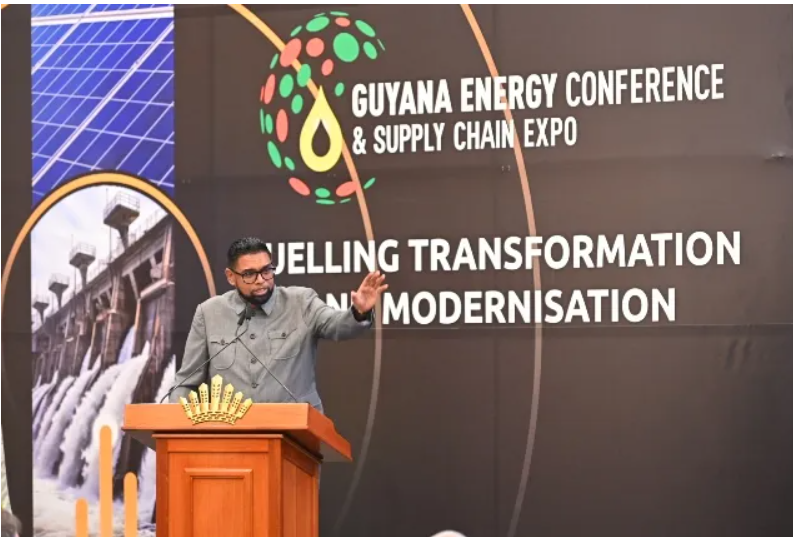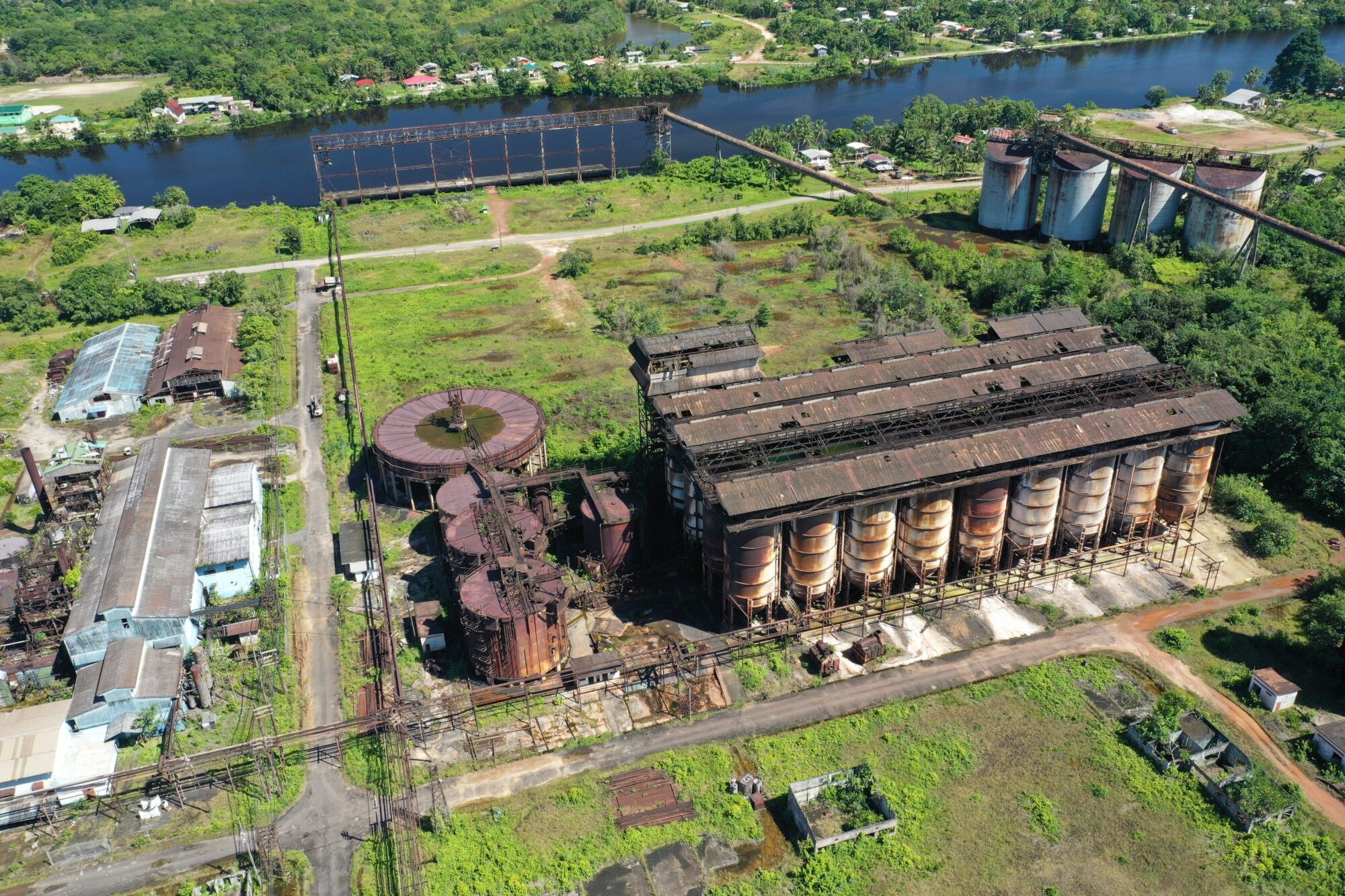

The President of Guyana, Irfaan Ali, announced on February 19, 2024, that Guyana intends to export its surplus natural gas to Brazil and multiple Caribbean nations, with plans to power an alumina and gold refinery eventually.

“Based on pure interest by investors, we are already seeing the second phase of gas coming in, and we will already have to support a second power plant,” the President said while attending the government-backed Guyana Energy Conference.
Dr Ali stated that with Guyana's consumption of propane and butane standing at approximately 800 barrels per day, there would be an excess of 3,200 barrels of these natural gases available for export, thus stimulating the transport and logistics sector.
Continuing his efforts to attract investors, the President emphasised including bauxite industry development in the comprehensive gas "master plan." Dr Ali highlighted the potential for Guyana to capitalise on bauxite resources, especially with the advantage of lower energy costs and the accessibility provided by the Corentyne Bridge linking to Suriname. He emphasised the potential for Guyana to process bauxite into alumina, the principal raw material for aluminium production. Additionally, constructing the Linden-Lethem Road would facilitate access to a gas market in northern Brazil.
At full production capacity, the President outlined Guyana's projected output of 10,000 barrels of propane and butane, positioning the country to meet the energy demands of the 15-nation Caribbean Community (CARICOM) as well as Roraima in northern Brazil. Furthermore, Guyana aims to supply natural gas to the Dominican Republic, which requires 5,400 barrels per day for residential and commercial purposes.
“It is important from a policy perspective that the mechanism to allow this trade with DR to be seamless,” he added.
In response to critics of his administration's infrastructure initiatives, he highlighted the economic significance of building roads and bridges, stating, "The construction of roads and bridges fosters vital economic connections."
He further explained, "Without these essential pathways, valuable resources like 9,000 barrels of propane remain inaccessible, hindering economic progress. Some experts may question the rationale academically, but the necessity of investing in infrastructure is clear."
Guyana’s history in alumina production
In 1961, Guyana's first and only alumina refinery was completed, marking a significant milestone for the country's revenue stream. Constructed at Spieghtland (Mackenzie), Linden, it was an engineering marvel requiring the efforts of 1700 men over four years. Despite challenges like clearing the site and building miles of roads, the plant was inaugurated on March 28, 1961, by Dr Cheddi Jagan, the then Minister of Trade and Industry. Built by the Demerara Bauxite Company (DEMBA) for $65 million, it was the most immense and most expensive superstructure of its time.

Guyana possessed a significant bauxite reserve of 350 million tonnes, among the world's richest deposits. However, following government nationalization of the industry in the 1970s, bauxite production sharply declined. By the mid-1980s, output stagnated at 1.5 million tonnes annually, half of previous levels. Inefficient management, falling global bauxite prices, and labour strikes plagued the state-owned Guyana Mining Enterprise Limited (Guymine), leading to substantial losses. These losses depleted capital reserves, resulting in plant and equipment deterioration. Guyana's sole alumina plant in Linden ceased operations in 1982, halting the extraction of 300,000 tonnes of alumina annually. Consequently, Guyana could only export raw bauxite ore, missing out on potential revenues from mineral refinement.



Responses






